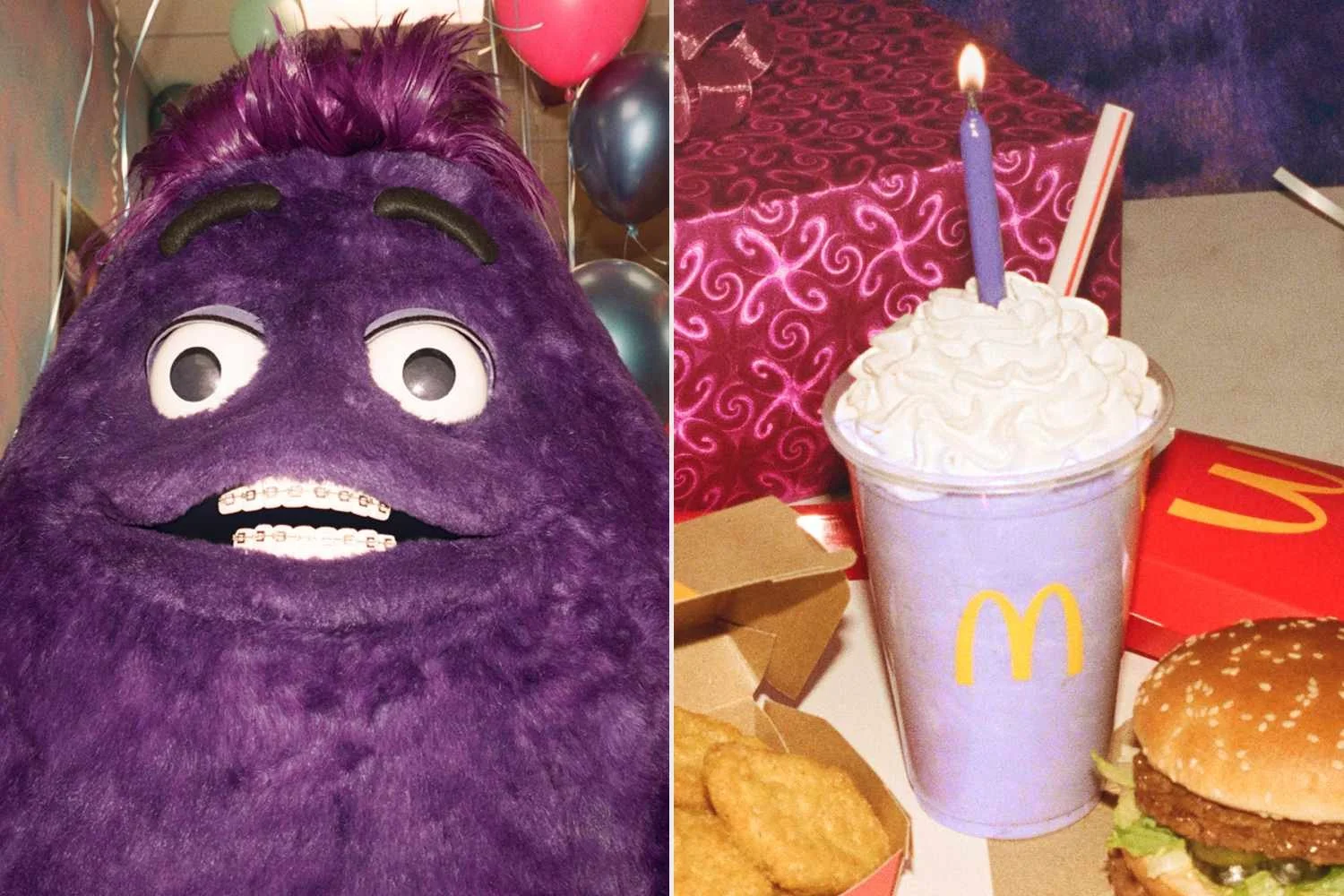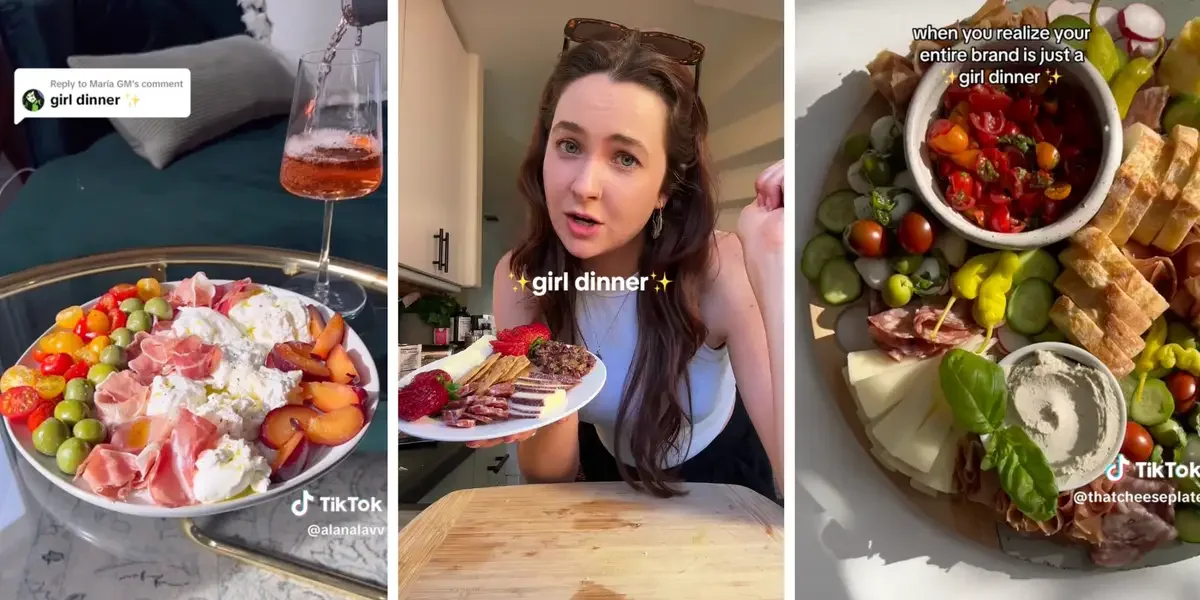Why Do Some Foods Go Viral and Others Don’t
A case study on the virality of food.
As someone who is deeply interested in food PR, I find it fascinating how much viral food trends have people on a chokehold. They reveal how much people are chronically online, guilty because I also like to stay on trend.
But they reveal things like PR strategy and storytelling, dictating what we search and crave.
Certain foods create a buzz, like the viral Grimace Shake from McDonald’s, the viral trend of girl dinners and a pink sauce that was supposed to go viral and on any sort of food, a substitution for all side sauces combined. Food is not what we consume, it has become content to be shared online. But how do food trends go viral? And why does the “hype” around others die down quickly or simply does not last?
The role of creating content: adding ingredients like emotion and storytelling
People share food content because there is emotion behind it, it makes them feel a certain emotion, like curiosity and shock when trying something new, all of that included with anticipation.
The “Grimace Shake” is a berry-flavored drink that went viral because of the marketing scheme behind it. Making it look like it had killed people after trying it, people everywhere were running to tiktok to make a video after trying it.
The “Pink Sauce” a mysterious sauce that was supposed to be the next big thing. A combination of ingredients designed to replace all of the sauces we currently use to dip our food in. The sauce sparked curiosity from people.
“Girl Dinner” went viral for many different reasons. There are videos circling tiktok of what a “girl dinner” actually is, it can be many different things. Some creators created videos of their dinners with the most random ingredients like just a bag of chips with dip, believe it or not, that was considered girl dinner. Others took a different approach to what girl dinner was, they were health conscious with their plates, consisting of the main components that are supposed to be in a healthy dish for females. It sparked debate with some saying it was unrealistic, for either combination.
PR takeaway: emotional storytelling is not always polished. Authenticity in some cases can create strong reactions. Perfectly executed strategies spark virality, like the Grimace Shake and its viral content on tiktok, or like the Pink Sauce, which was not successful at all and sat on shelves.
Timing and platform matter
When something goes viral it is not just about the content it contains, it is about when and where it is posted online. The tiktok algorithm can contain humor and short- form visuals.
The sauce, the milkshake and the plate of food all share bright, weird, and are nostalgic enough to stop and be sucked into a whole of different content regarding all these items.
For the food industry, food brands and food trends it is important to understand the algorithm and what “platform culture” is. The visual and timing, both shape how the video regarding something will perform.
What can we take away from this as PR students
As future professionalism, viral food on TikTok teaches us:
Authenticity maintains interest, anticipation helps cement emotions.
Community turns audiences into advocates.
Transparency is now more important than ever on social media.
Ultimately, sometimes virality can be luck, but it is also timing, skills, and strategy. Whether it is home meals created by females for the female gaze, shakes that create a viral trend, or sauces that do not fly off the shelf, food PR taps into people and their interest, not just their appetite.
When the next food trend pops up on your feed, wonder how it tastes, where it is, what tags are being used, and why it caught your attention.



